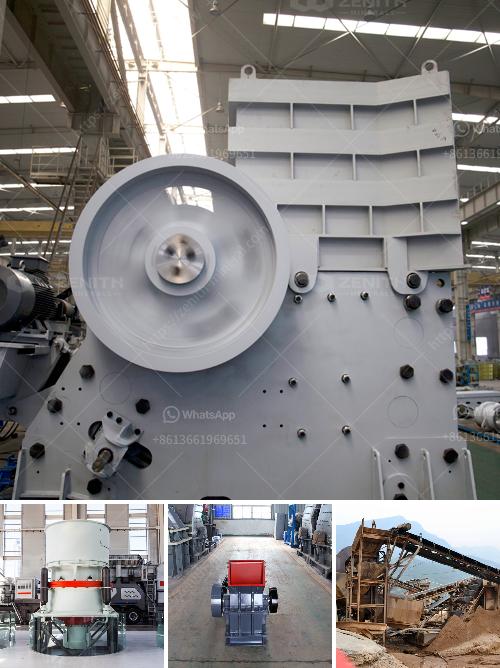To install or replace a ball mill liner, follow these general steps. Note that the specifics can vary based on the mill type, manufacturer instructions, and safety protocols:
-
Safety First:
- Ensure the mill is fully shut down and locked out.
- Wear appropriate personal protective equipment (PPE) such as hard hats, gloves, safety glasses, and steel-toe boots.
-
Remove Old Liners:
- Discharge any remaining material from the mill.
- Unbolt and remove the existing liners, taking care to record the orientation and pattern if required.
-
Inspect Mill Shell:
- Clean the shell thoroughly to remove any debris, corrosion, or scale.
- Check for and repair any damage, cracks, or wear spots on the shell.
-
Prepare New Liners:
- Verify the new liners match the mill specifications.
- Organize them in the correct sequence according to the manufacturer’s instructions.
-
Install New Liners:
- Position the new liners inside the mill, ensuring they fit snugly against the mill shell.
- Bolt them into place using the correct torque specifications to ensure a secure fit.
-
Check Alignment:
- Ensure all liners are aligned correctly and uniformly.
- Adjust as necessary to ensure a smooth internal surface.
-
Secure Fastenings:
- Confirm all bolts and fastenings are torque-tightened to spec.
-
Reassemble and Test:
- Reassemble any other mill components as needed.
- Slowly rotate the mill by hand or using a low power setting to ensure everything is correctly installed and there are no obstructions.
-
Restart Mill:
- Gradually bring the mill back into operation. Monitor for unusual vibrations, sounds, or other issues.
-
Routine Checks:
- Conduct regular inspections to ensure liner wear is within acceptable limits.
- Keep records of liner wear and performance to anticipate future replacements.
Always refer to specific manufacturer guidelines and consult with a professional if you are unsure about any steps in the process.

